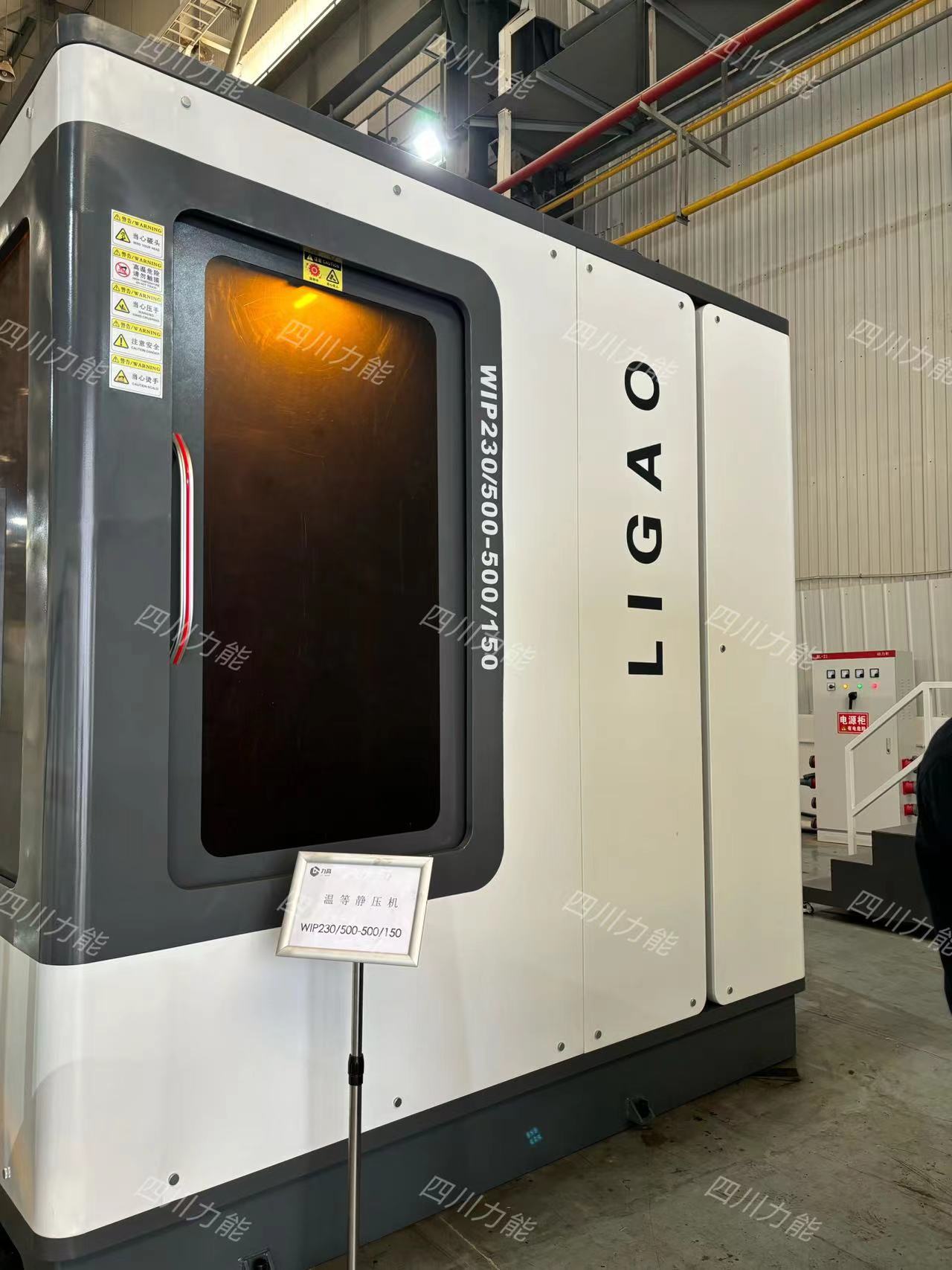


Isostatic pressing technique
Isostatic pressing technology, which began in the mid-50s of the 20th century, uses liquid or gas medium to apply uniform and equal force to the products in the closed high-pressure container from all directions, and according to the principle of fluid mechanics, its pressure force is small and uniformly transmitted to all directions.The pressure on the surface on which it acts is proportional to the area of its surface,Mold the product into a dense body.
ISOSTATIC PRESSING TECHNOLOGY is to use Pascal's principle to place the pressed material sealed in the flexible mold or the solid workpiece with a closed shell in a high-pressure cylinder filled with fluid pressure medium, and use high-pressure equipment to apply a certain pressure to the pressure medium in the cylinder, and evenly transmit the pressure to the interface of the flexible mold or workpiece through the pressure medium, so that the pressed material or workpiece will undergo a certain volume deformation under the action of isostatic pressure. Thus achieving isostatic pressing. If the material to be pressed is a powdery substance, when the pressure is evenly applied to the surface of the flexible mold, the powder inside the jacket will be uniformly compressed and densed, and its shape will be smaller than and similar to the cavity of the flexible mold.From research experiments to step-by-step application to mass production, many industries use this technique for the consolidation of powders or defect repair of castings, because of its properties such as precision molding, improved material properties, etcIncluding ceramics, metals, composites, plastics and carbon.
Related news
Quality is infinite, service is boundless, the pursuit is infinite, and the best is stopped



 The browser's built-in sharing function is also very useful~
The browser's built-in sharing function is also very useful~